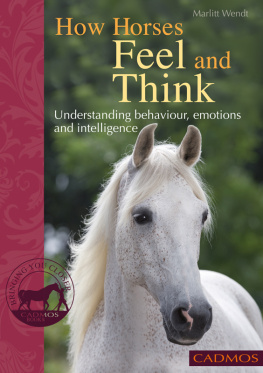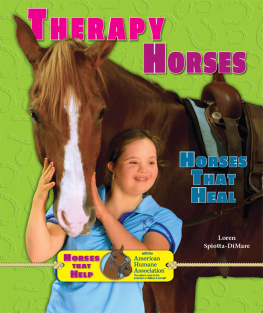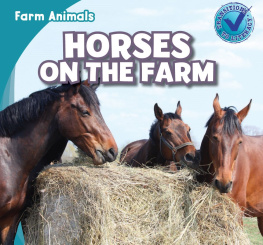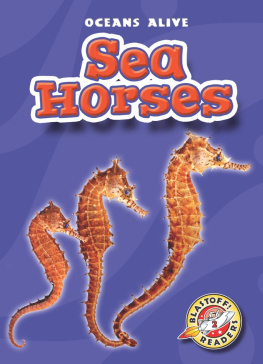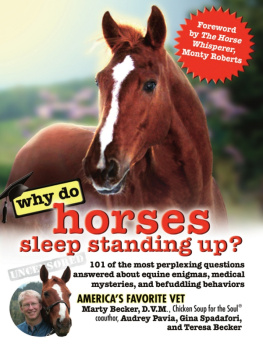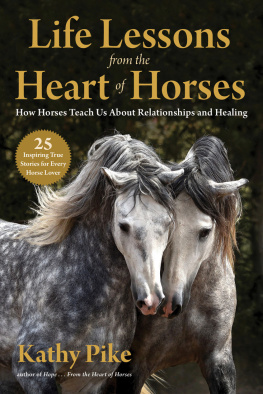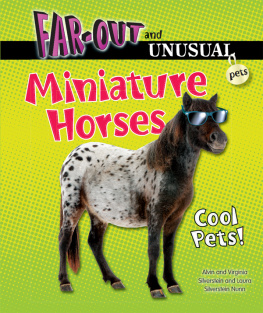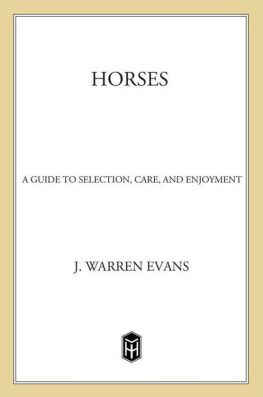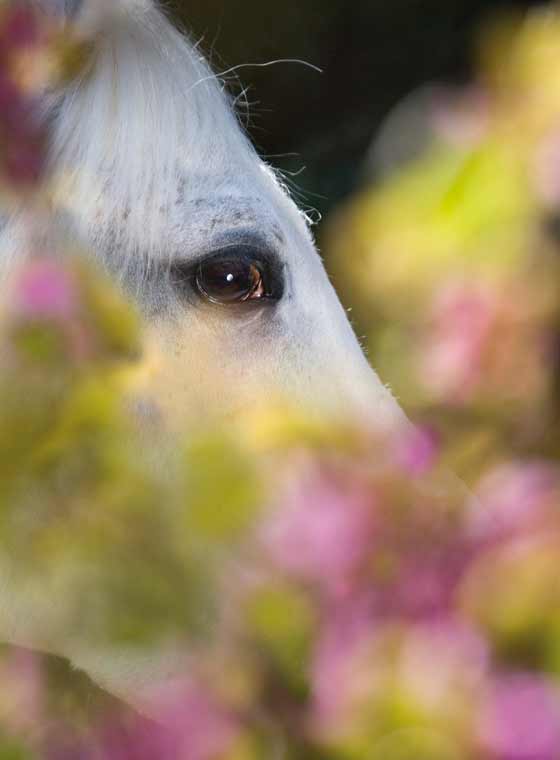
Marlitt Wendt
How Horses Feel and Think
Understanding Behaviour, Emotions and Intelligence
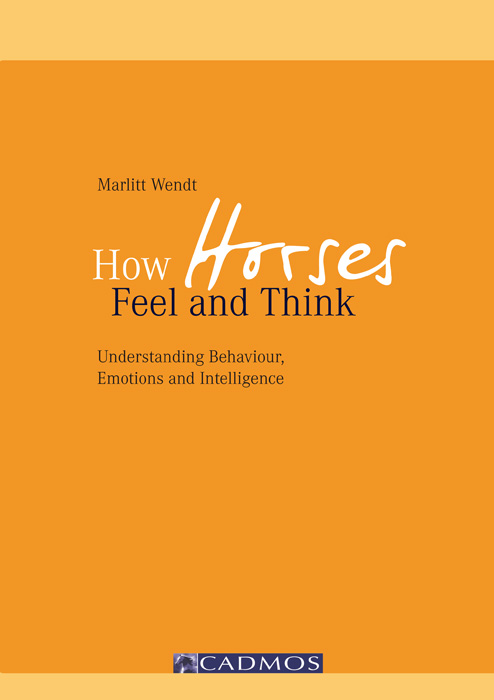
Imprint
Copyright 2011 Cadmos Publishing Ltd, Richmond, UK
Copyright of original edition 2009 Cadmos Verlag GmbH, Schwarzenbek, Germany
Design of print edition: Ravenstein + Partner, Verden Setting: Das Agenturhaus, Munich
Cover photograph: Christiane Slawik
Content photos: Christiane Slawik
Drawings: Maria Mhler
Translation: Dr Thomas Ritter
Editorial of the original edition: Anneke Bosse
Editorial of this edition: Christopher Long
E-Book: Satzweiss.com Print Web Software GmbH
All rights reserved: No Part of this book may be reprinted or reproduced or utilized in any form or by any electronic, mechanical, or other means, now known or hereafter invented, including photocopying and recording, or in any information storage or retrieval system, without permission in writing from the publisher.
British Library Cataloguing in Publication Data
A catalogue record of this book is available from the British Library.
ISBN 978-0-85788-000-0
eISBN 978-0-85788-608-8
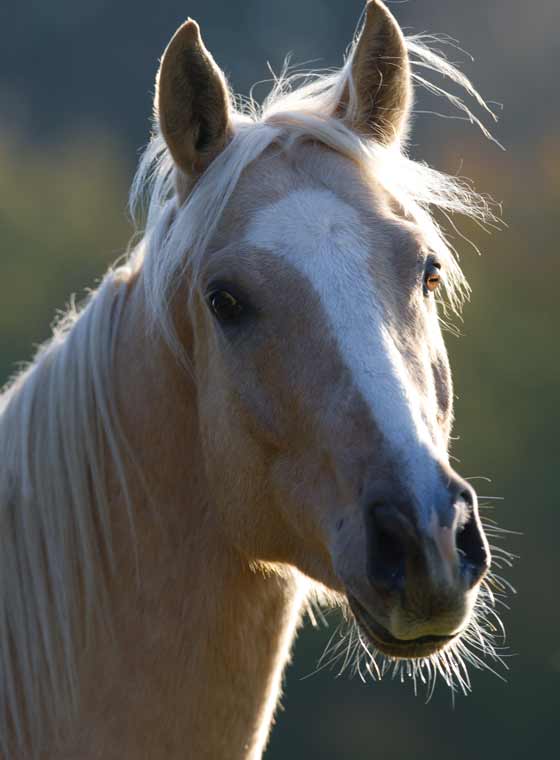
A Journey of Discovery into Equine Psychology
A Journey of Discovery into Equine Psychology
Have you ever wondered what it would be like to see the world through the eyes of another person, just for a day? How do they experience their emotions? Do they see colours like I do? How does their smile feel? Well, what would a day in the emotional life of a horse be like? An exciting thought experiment!
Of course there are limits to how far you can explore the experiential world of another being, especially of another species. Yet, by now, so many insights have been gained into the structure of the horses brain, into its hormonal regulatory system, into learning behaviour and many other areas of equine life that had previously been inaccessible to us, that we can at least get a glimpse of this strange world. As our knowledge of science and animal physiology develops, it is becoming clear that the brains of all mammals resemble each other a great deal with respect to their basic structure and functions. Differences between the equine brain and the human brain certainly do exist, but they are a matter of degree rather than of basic principle. However, we should not make the mistake of humanising horses, but instead must accept their unique character traits and emotional idiosyncrasies as the heritage of their wild ancestors.
In addition, every horse has its own personality as a wonderful creature with its own unique world of experience. We will see how multi-faceted its thoughts and emotions have to be. The explanatory models of the traditional riding manuals regarding behaviour are not even remotely adequate to do justice to the nature of the horse.
As a horse lover and behavioural biologist, I want to use this book to build a bridge between the world of scientific research and the equestrian world, using todays scientific insight to present the natural rights and needs of the horse. Current research findings and explanatory models from behavioural biology help us to understand many interesting phenomena of equine life. I want to let you participate in the variety of studies and the thoughts of other researchers, and to give you a first insight into equine psychology.
But there is infinitely more to learn here. Therefore, embark on a journey of discovery! Let yourself be inspired by the texts, examine the photos closely and gather as much information as possible. Beyond this, there is only one being that can help you to get to know the personality of the horses: the horse itself!
Let us now delve into the fascinating world of horses perhaps we will see it with somewhat different eyes afterwards.
Marlitt Wendt,
February 2009
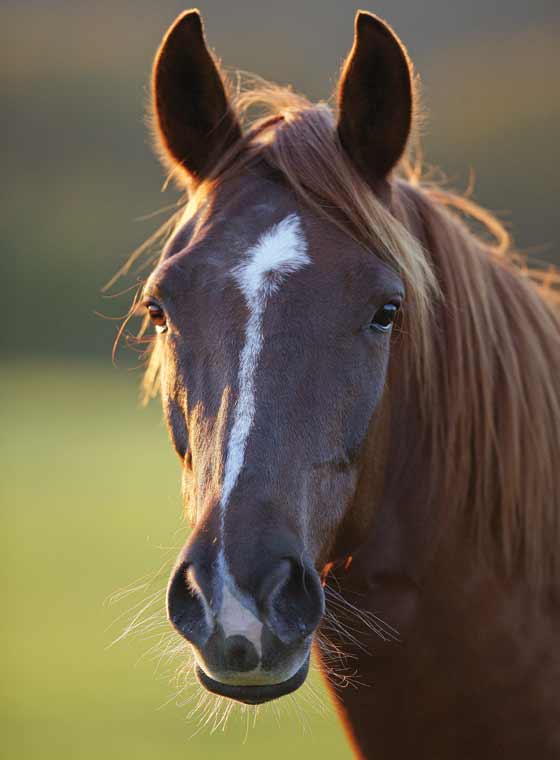
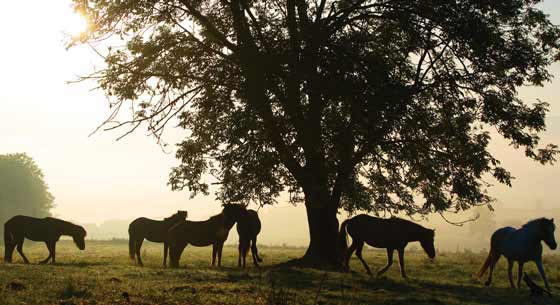
The Ethology and Evolution of the Horse
The Ethology and Evolution of the Horse
B
efore addressing individual equine learning and living experiences, I want to give an overview of the nature of the horse and the methods of behavioural biology. Horses behave more or less the same way today as their ancestors have always done, in the ways which have proved most useful in nature. Even domestication by man has not been able to change this. Ethology, the science of behaviour, can help us understand the horses needs better and to participate in its experiential world. For this purpose we have to consider our means of influencing the horse, as well as its natural potential: Every horse is a unique individual, a product of its genetic heritage as well as its environment. Horses are born with certain behaviours, while others are acquired through life experiences. Behavioural science sums this construct up in the term nature and nurture, making it clear that both areas have a significant influence on the horses personality.
What is Behaviour?
At first sight, the question might seem trivial however, behaviour is a central term and actually quite difficult to define, as it has many levels of interpretation. A grazing horse is exhibiting a behavioural pattern every bit as complex as a horse that is galloping, playing, or doing the piaffe. Such activities are always compounds of a variety of interacting mechanisms, and when evaluating a behaviour, all observable physical activities should be taken into consideration. Depending on the complexity of the behaviour, there may be an incredibly large number of physical features and changes. Take the example of the walk, for instance: how are the individual limbs moving, precisely? What is the rest of the body doing? Have you really considered every part of the body, all the muscles, and the surface of the skin? What breathing frequency can be observed? What is the expression of the eyes? In addition, we can describe the presumed purpose of the horses actions. Where is it going? What does its facial expression say? Many interpretive elements are entering the equation here. It is the question Why? that especially represents one of the central issues in behavioural science, and it can be answered on many very different levels.
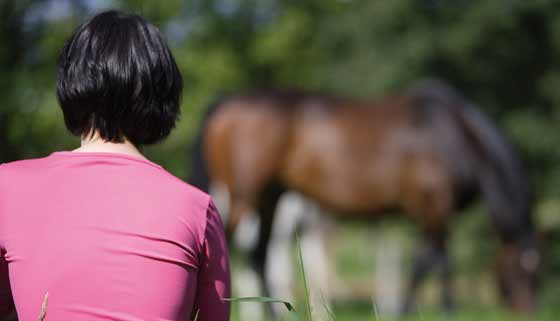
When we observe horses in a pasture, we can study the range of their possible behaviours all we have to do is pay close attention.
Tinbergens Questions
Nikolaas Tinbergen is considered one of the foremost behavioural scientists of the 20th century. Together with Konrad Lorenz and Karl von Frisch, he was awarded the Nobel Prize for Medicine in 1973. Tinbergen developed the dominant theory of modern behavioural biology, which became known as Tinbergens Questions, and which deals with the causes, functions, individual development, as well as the evolutionary development of behaviour. According to this elementary theory, there are four essentially equally important levels of answering any question we can ask about a horses behaviour: causality, functionality, individual development and collective evolutionary development.

